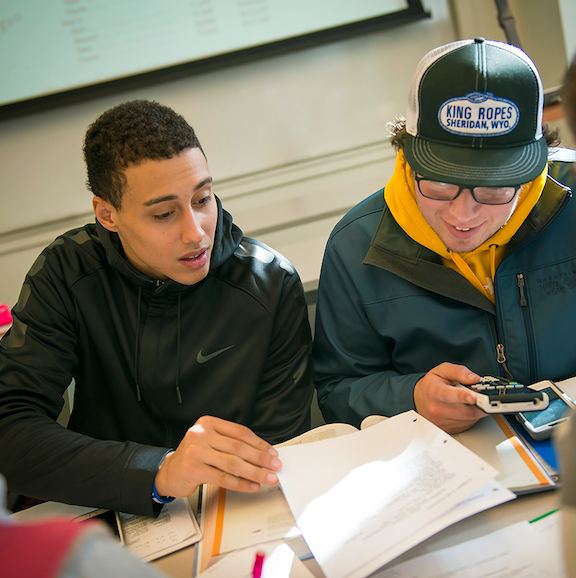In many active learning modalities, collaboration is a central aspect. Thus, when students are working in teams, it is important that they formally learn to evaluate one another and that their evaluation is a component of the overall grade. We suggest building this into the syllabus and allowing students to begin building their team charter or rubric on the first day of class or lab.
Before directing students to build their team charter or rubric, take time to remind them that peer evalution is a central tenant of being a scientist/scholar. We suggest sharing some of the peer review that you have received on one of your submitted publications or grant proposals. Discuss the positive and negative aspects of peer review and clearly articulate the importance and seriousness of becoming a good peer reviewer.
Help students create their charter and rubric by asking them to list the qualities of a good teammate. Facilitate their conversion of these qualities to rubric categories.
Once team charters and rubrics are complete, allow students to submit evaluations at least 3 times during the term. Be sure that closed ended feedback is followed by open-ended suggestions (e.g. Overall, please provide comments to your teammate regarding the above rubric categories). We suggest that the first evaluation be formative only (no score attached). This enables you to give them tips for future feedback.
TEAMMATES is an online software that is assistive in allowing students to input their feedback.

